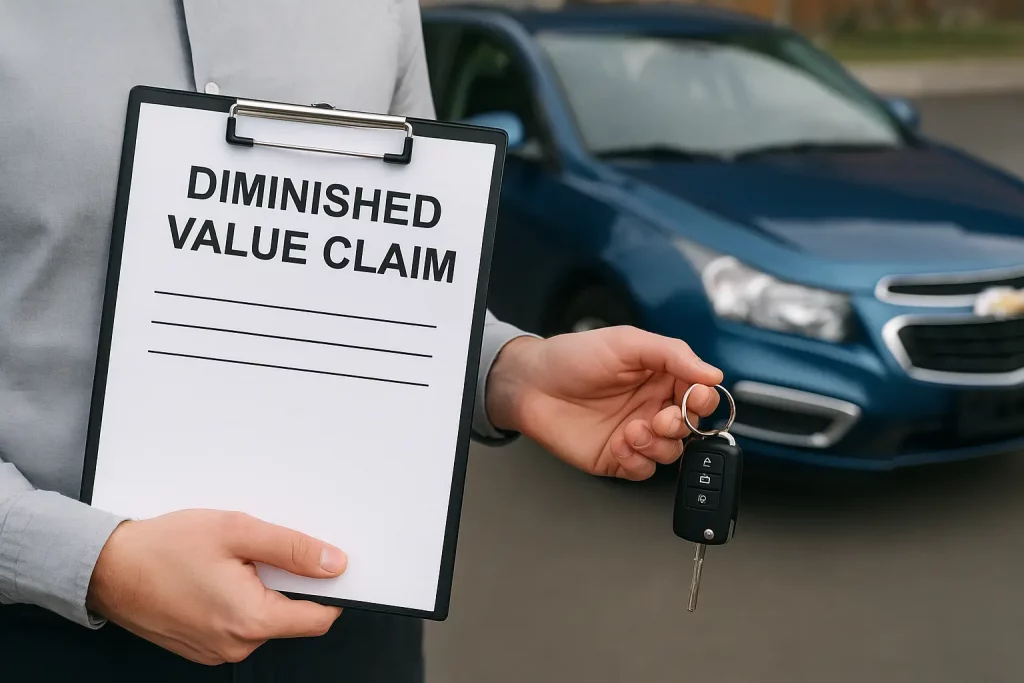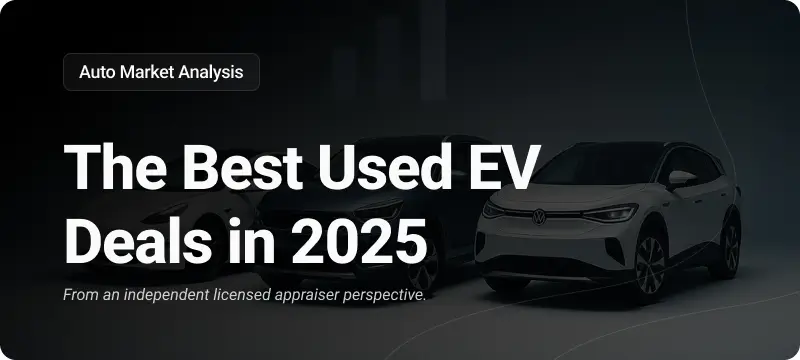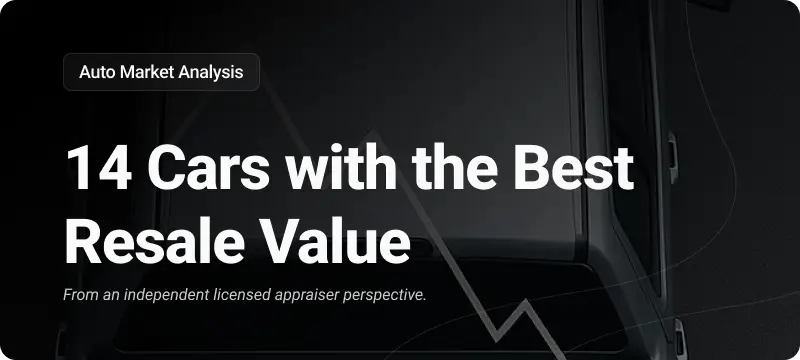If you damage a car you are driving but do not own, getting paid for the loss can be tricky. However, a diminished value claim can help you recover the loss in market value after repairs. This means you may still get compensation even if the car looks fine again. Yet, the rules for non-owned cars are not the same as for cars you own.
In this guide, you will learn how diminished value works for rentals, leased cars, company cars, or borrowed vehicles. In addition, we will look at what documents you need, the insurance and legal rules, and tips to make your claim stronger. By the end, you will know exactly how to handle a diminished value claim on a non-owned vehicle and keep your finances safe.
What Is Diminished Value in Non-Owned Vehicle Cases?
A diminished value claim is a request for payment because the car is worth less after repairs. For example, even with high-quality repairs, the resale value often drops. For non-owned cars—like rentals, leases, or company fleet cars—your right to file may depend on your role, your insurance, and your agreement with the owner.
Common cases include:
- Rental cars damaged while you are renting them
- Leased cars involved in accidents
- Company cars assigned for work use
- Borrowed cars from friends or family
When a Diminished Value Claim Applies to Non-Owned Vehicles
Not every case qualifies. In fact, it depends on your insurance, state law, and who was at fault.
- Insurance Policies: Some policies cover diminished value for cars you do not own but have permission to drive.
- State Laws: Some states only let the titled owner file. On the other hand, others may allow drivers to file under certain rules.
- Liability: The at-fault driver’s insurer usually pays. However, contracts or fleet policies can change that.
Special Challenges in Non-Owned Vehicle Claims
There are extra problems when filing in these cases. For instance, many rental or fleet contracts exclude diminished value payments. Also, the right to file usually belongs to the owner unless they give you written permission. Furthermore, if the car is used for rideshare or delivery, insurers may calculate the value loss differently.
Calculating Diminished Value for Non-Owned Vehicles
Insurers often change how they calculate value loss if you are not the legal owner.
- Standard Formula Changes: The 17c formula might still apply, but they may use different depreciation factors.
- Vehicle Type: Rentals and fleet cars often get lower resale values. As a result, the payout is smaller.
- Professional Appraisals: Getting an independent appraisal helps prove your case, especially with non-owned cars.
| Factor | Owned Vehicle | Non-Owned Vehicle |
|---|---|---|
| Base Market Value (Pre-Accident) | $25,000 | $25,000 |
| 17c Formula Applied? | Yes | Yes (adjusted) |
| Damage Multiplier | 0.80 | 0.75 |
| Mileage Multiplier | 0.90 | 0.90 |
| Depreciation Factor | 0.85 | 0.80 |
| Resale Value Impact | Higher | Lower (fleet/rental) |
| Estimated DV Amount | $15,300 | $13,500 |
| Independent Appraisal Recommended? | Optional | Strongly Recommended |
| Owner Authorization Needed? | No | Yes |
Steps to File a Diminished Value Claim on a Non-Owned Vehicle
- Collect Your Documents:
- Accident report
- Repair bills
- Appraisal report
- Written permission from the owner (if needed)
- Tell the Right People:
- The vehicle owner
- Your insurer or the at-fault driver’s insurer
- Negotiate:
- Show all proof clearly
- Use examples from similar car sales
- Ask for written reasons if they deny your claim
Avoiding Disputes and Building a Strong Case
- Keep full records of the car’s condition before the crash
- Take photos to prove repair quality
- Use a licensed appraiser to confirm the value loss
- Learn the appeal steps in case the insurer says no
Conclusion: Protecting Your Rights in Non-Owned Vehicle Claims

A diminished value claim for a non-owned car needs more proof, clear permission, and often a stronger case than for owned cars. Therefore, act fast, work with the owner, and show solid evidence. In the end, even if you do not own the car, you can still protect your money—as long as you know the rules.




